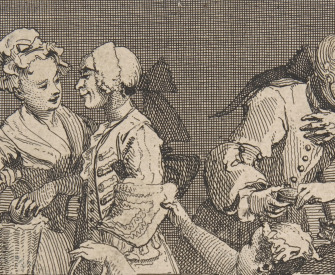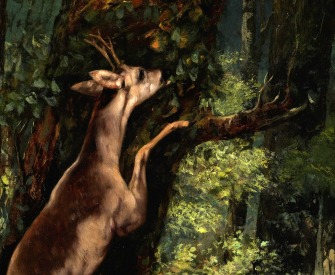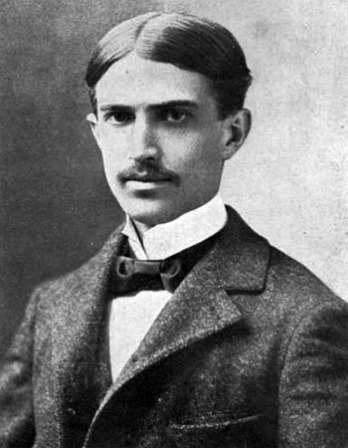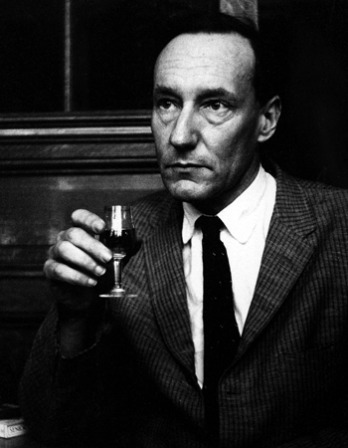I look at a fresco by Perugino. I conceive that he saw things grouped, contained in certain and invariable forms, expressed in faces, actions which did not exist—all beauty was contained in the momentary appearance of human beings. He saw it sealed as it were, all its worth in it, not a hint of fear or future. His fresco seems to me infinitely silent, as though beauty had swum up to the top and stayed there, above everything else—speech, paths leading on, relation of brain to brain, don’t exist.
Each part has a dependence upon the others; they compose one idea in his mind. That idea has nothing to do with anything that can be put into words. A group stands without relation to the figure of God. They have come together then because their lines and colors are related, and express some view of beauty in his brain.
As for writing—I want to express beauty, too—but beauty (symmetry?) of life and the world, in action. Conflict?—is that it? If there is action in painting it is only to exhibit lines, but with the end of beauty in view. Isn’t there a different kind of beauty? No conflict.
I attain a different kind of beauty, achieve a symmetry by means of infinite discords, showing all the traces of the mind’s passage through the world, achieve in the end some kind of whole made of shivering fragments—to me this seems the natural process, the flight of the mind. Do they really reach the same thing?
From her diary. Woolf formulated this prescient description of her own writing at the age of twenty-six. She published Mrs. Dalloway, To the Lighthouse, and Orlando in a three-year period starting in 1925. While laboring in the thirties on a novel interwoven with essays (eventually published as The Years), Woolf wrote a biography of Elizabeth Barrett Browning’s dog.
Back to Issue





